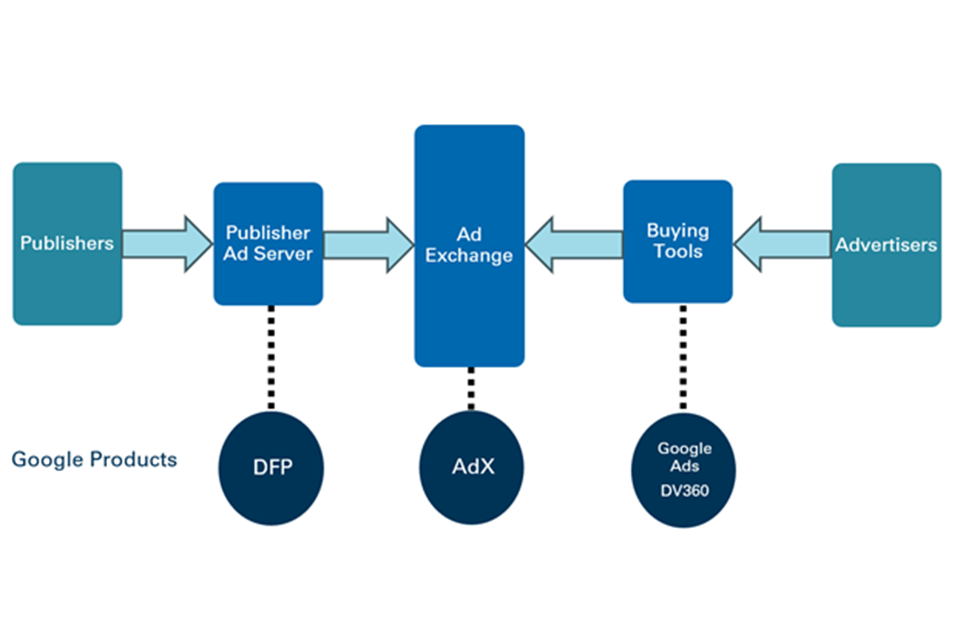DIGITAL SIGNAGE MONTH: From LED displays to measurable results – What can digital signage do for your brand?
Digital signage has become a powerful tool for businesses to engage with their target audience and deliver impactful marketing messages. For senior marketing professionals, understanding the benefits and applications of digital signage is essential for maximising its potential. Here’s how the digital signage is being leveraged by brands, based on delegate requirements at the Digital Marketing Solutions Summit…
Main Technologies Available
- LED Displays: Offer high brightness, vibrant colors, and wide viewing angles, making them suitable for both indoor and outdoor applications.
- LCD Displays: Provide good image quality and energy efficiency, commonly used for indoor signage.
- Interactive Displays: Enable touch-based interactions, allowing users to engage with content directly.
- Digital Posters: Offer a more traditional look and feel, but with the ability to update content dynamically.
Usage Scenarios for Digital Signage
- Retail Environments: Showcase products, promotions, and customer testimonials.
- Corporate Offices: Display company news, employee recognition, and internal communications.
- Public Spaces: Provide information, advertising, and wayfinding for visitors.
- Events and Conferences: Enhance attendee engagement and promote sponsors.
- Point-of-Sale (POS) Marketing: Deliver targeted messages at the point of purchase.
Key Considerations for Effective Digital Signage
- Content Strategy: Develop engaging and relevant content that aligns with your marketing objectives.
- Placement and Design: Choose appropriate locations and ensure the design of the signage is visually appealing and easy to read.
- Content Management System (CMS): Use a CMS to easily update and manage content across multiple displays.
- Analytics: Track key performance indicators (KPIs) to measure the effectiveness of your digital signage campaigns.
- Maintenance and Support: Ensure proper maintenance and support to prevent downtime and optimize performance.
- Integration with Other Marketing Channels: Coordinate digital signage with other marketing efforts for a cohesive campaign.
Benefits of Digital Signage
- Increased Engagement: Dynamic and interactive content can capture attention and drive engagement.
- Improved Brand Awareness: Consistent messaging across multiple locations can enhance brand visibility.
- Targeted Marketing: Deliver personalized messages based on audience demographics or location.
- Enhanced Customer Experience: Provide valuable information and improve the overall customer experience.
- Measurable Results: Track key performance indicators to measure the effectiveness of your digital signage campaigns.
By effectively leveraging digital signage, senior marketing professionals can create engaging and impactful campaigns that drive brand awareness, generate leads, and increase sales.
Are you searching for Digital Signage solutions for your organisation? The Digital Marketing Solutions Summit and eCommerce Forum can help!
Photo by Łukasz Nieścioruk on Unsplash













